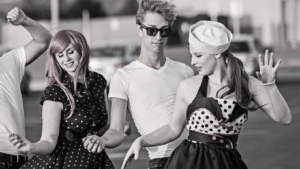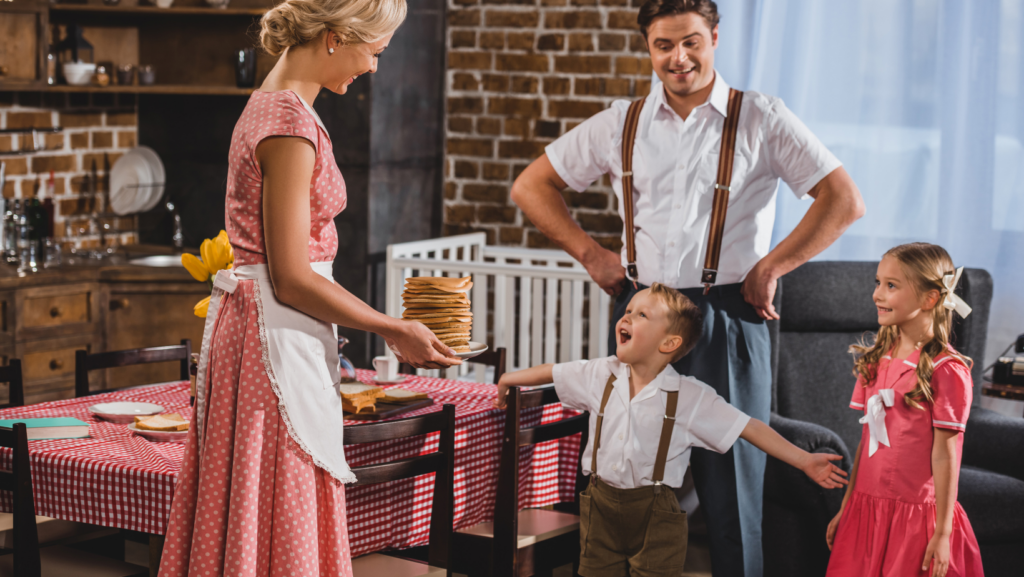Step back in time, to an era of soda fountains, drive-in movies, and rock ‘n roll. The 1950s, a decade that saw significant societal changes, also brought about a revolution in leisure activities. This was a time when Americans started to embrace a culture of recreation and fun, shaping the way we spend our free time today.
From the rise of television to the popularity of outdoor games, the ’50s offered a variety of pastimes that reflected the spirit of the era. As we delve into the world of leisure activities in the 1950s, we’ll uncover the roots of many modern-day hobbies and explore how they’ve evolved over the years.
So, let’s dust off the nostalgia and take a journey back to the vibrant and transformative decade of the 1950s.
Leisure Activities in the 1950s

The ebullience of leisure activities in the 1950s fostered a revolutionary shift in recreation, shaping the fabric of leisure pursuits. Raised disposable income, the advent of new technologies, societal changes, and economic stability formed a potent concoction, driving Americans to embrace diverse indoor and outdoor leisure activities.
The Influence of Technology on 1950s Leisure
Flowing forward from the societal transformations of the 1950s, technological advancements, well, gave further impetus to leisure activities. This section highlights two areas where technology cast its influence: The emergence of television and radio, and how automobiles transformed travel and outdoor activities.
Emergence of Television and Radio
Television and radio emerged as powerful mediums in the 1950s. By the end of the decade, nearly 90% of American households owned a television, compared with just 9% at the start. They became the pivot of family entertainment, offering an array of programs like sitcoms, news broadcasts, game shows, westerns, and science fiction. Many families, for instance, bonded over shows like “I Love Lucy” and “The Twilight Zone”. In fact, they weren’t just iconic shows; they helped form the cultural zeitgeist of the time.
Impact of Automobiles on Travel and Outdoor Activities

The rise of the automobile industry catalyzed a shift in outdoor activities in the 1950s. Affordable cars like the Ford Model T apportioned travel and leisure to the masses. Families could take road trips, visit national parks, or simply go for a leisurely drive. In fact, road trips manifested as a key feature of American culture, especially in the form of “Sunday drives”.
Apart from facilitating travel, automobiles churned out novel leisure activities. Drive-in theaters, diners, and amusement parks sprouted alongside highways, incorporating the car into the leisure experience. For instance, drive-in cinemas combined America’s love for movies and automobiles, offering an innovative entertainment outlet.
Automobiles tangibly altered the landscape of 1950s leisure, creating an intimate connection between technology and recreation. They highlighted broader societal trends, reflecting America’s enthusiasm for novelty, freedom, and mobility.
Sports as Leisure Activities in the 1950s

In the colorful decade of the 1950s, sports ascended as a premier pass time. The post-war boom expanded both interest and accessibility, making sports a cornerstone in societal and personal leisure engagements.
Popular Sports of the Era
Baseball, deemed America’s pastime, continued its supremacy as part of the leisure activities in the 1950s, as notable athletes such as Mickey Mantle and Jackie Robinson took the center stage. American Football also experienced a surge of popularity, with the National Football League (NFL) firmly establishing its foothold. Significant events, such as the “Greatest Game Ever Played” in 1958, drew immense national interest. Basketball’s allure wasn’t far behind, with the National Basketball Association (NBA) witnessing the era of legends like Bill Russell and Bob Cousy.
The Role of Sports in Society
Sports, in the 1950s, transcended mere a pastime and seeped into the societal fabric of America. With integration movements and changes in race relations, the competitive field became a cultural melting pot, stirring conversations about equality and civil rights. As television gained worldwide popularity, the mass broadcast of sporting events substantially swayed public sentiment and became a significant part of the collective social experience.

